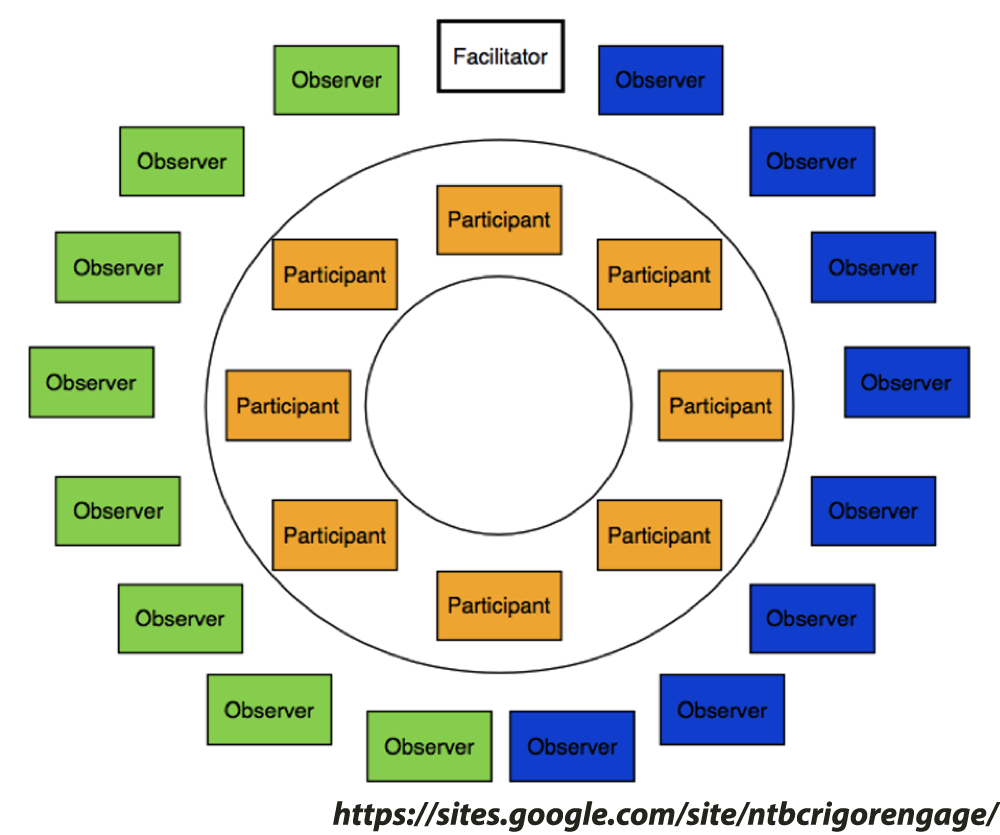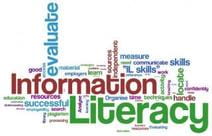Web accessibility is basically about equal access to the internet to all.
We tend to focus a lot on our students’ inability to access the internet and our online content due to lack of infrastructure (digital divide), environmental factors, the type of device and/ or language barriers. Thus, we overlook the potential factor of our student’s having a form of disability and learning difficulties (low vision, hearing issues, Dyslexia, etc.) and the need to use assistive technologies to content (eg. screen readers).
We also focus mostly on accessibility of the web and do not consider the accessibility of our documents and handouts, in which we, as educators primarily upload and share online.
Over 1 billion (15%) people in the world live with a disability:
- 56.7 million in the US live with some form of disability in 2010
- 4.4 million (18%) of people in Australia in 2018
- Over 27 million (2.1%) of people in India in 2011
- Approximately 85 million (6.5%) in China in 2018
With such big numbers, somehow this group have slipped through the cracks when it comes to accessibility.
According to the World Health Organisation, disability is higher in developing nations. So, we can assume some of our students or potential future students will have some form of disability, that they do not disclose or shared for many reasons including Visa requirements, discrimination, privacy etc.
Legislation such as Australia’s Disability Discrimination Act, 1992, United States’ Section 508, Rehabilitation Act and UK’s Disability Discrimination Act, 1995, also make it a legal requirement for websites, governments, educators etc. to provide accessible content.
Blackboard, like many Learning Management Systems (LMS) meet the accessibility guidelines. However, due to the documents and content we upload, the use of different components etc., the flexibility, consistency and accessibility it provides are compromised.
This can be linked to various factors including:
- Lack of commitment, interest and compliancy to provide accessible content
- Inadequate financial resources
- Lack of knowledge of standards (WCAG, PDF/AU etc.)
- Lack of knowledge of technologies and software tools (eg. accessibility checkers in Microsoft Word)
Making online content and documents accessible to those using assistive technologies, are also beneficially to the other students who do not use assistive technologies and/or do not have a disability. These includes:
- Clear, uncluttered, and readable content for everyone
- Maintaining standards and consistency of structure and material across all subject sites
- Quality control, especially when some many teachers and staff interact with a site
- Minimisation of duplication
- Knowledge and being ahead of the game, in case Study Group or the study centre’s new partner enforces an accessibility policy as government and many companies, or there is a confirmed case of student needing assistive technology
It may just be a few adjustments to make the content or document to make it accessible.
Some simple guidelines to make the content online accessible are:
- Using heading tags (h1, h2, h3)
- Using alt tags correctly for non-decorative images and figures.
For example: <img src=”library.gif” alt=”a front views of the Library of Congress”> not alt=”library” - Not using fixed/ absolute units for sizing fonts and other elements. Use % or em.
- Not using link text “click here” or “read more”
Some simple guidelines to make documents accessible are:
- Using Styles for headings
- Using san serif fonts
- Using and editing alt tags correctly for images and figures as these can be already generated. Mark image or figure if there are decorative.
- Not using link text “click here” or “read more”
- Formatting table correctly
- Not using tables for page layout
- Saving the document correctly. The video – Accessible PDF on windows or mac will show you have to save/ export the document as a accessible PDF.
- Using the accessibility checker
Resources that can help in creating accessible content include:
- Online Accessibility Toolkit by South Australian Government
- LinkedIn Learning course – Creating Accessible PDFs. While, it mostly focuses on using a paid software to create accessible PDFs, there is two sections about using Microsoft Word and PowerPoint.
- Web Disability Simulator, a Google plugin which lets you experience how people with disabilities (colour blindness, low vision, Dyslexia, Parkinson etc.) experience the web.
A PD was suggested to highlight and address these issues and provide guidelines to improve web accessibility.
Zoom recording 21 January 2022
Charles Sturt University Access and Disability Services supports and assists students studying both on campus and online with physical or sensory impairments, medical conditions, learning disabilities or psychological conditions. To find out more and to register for their services, go to Charles Sturt University Access and Disability Services.


